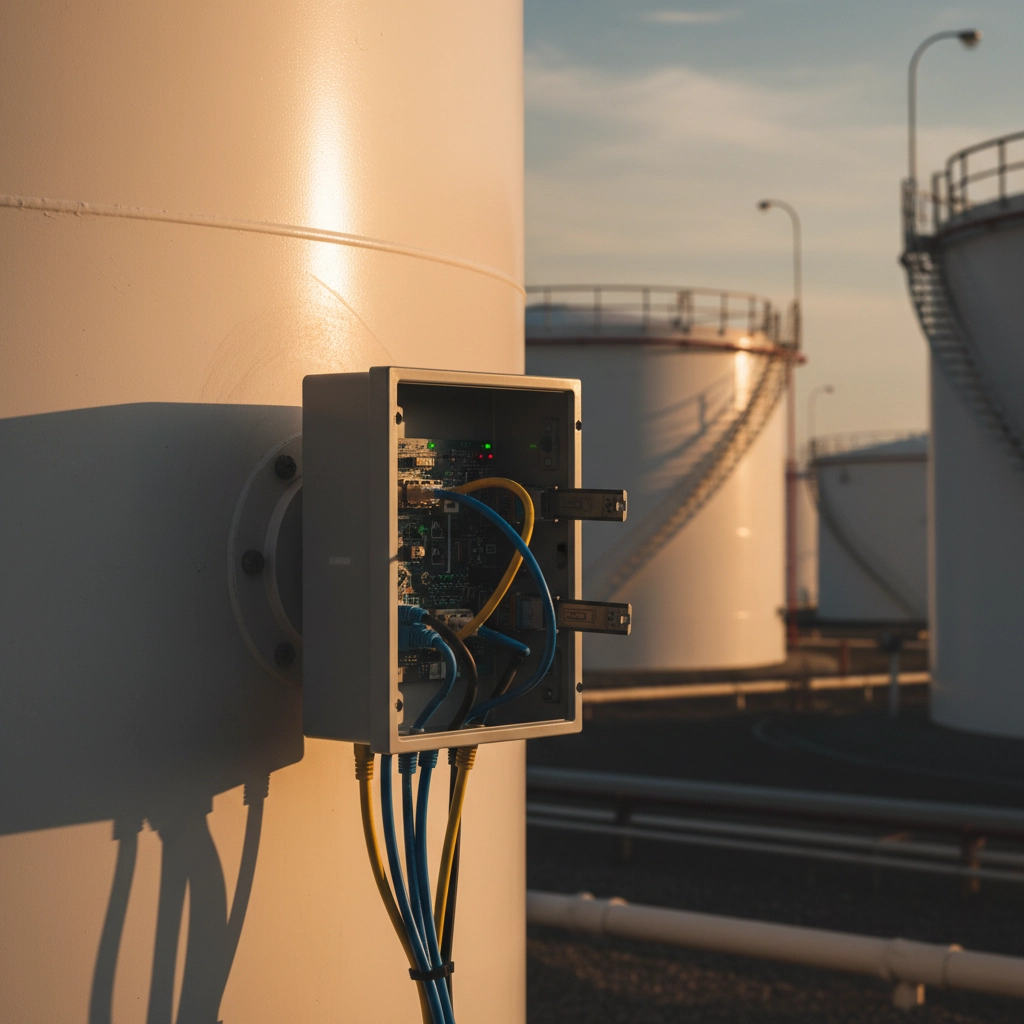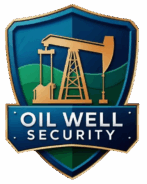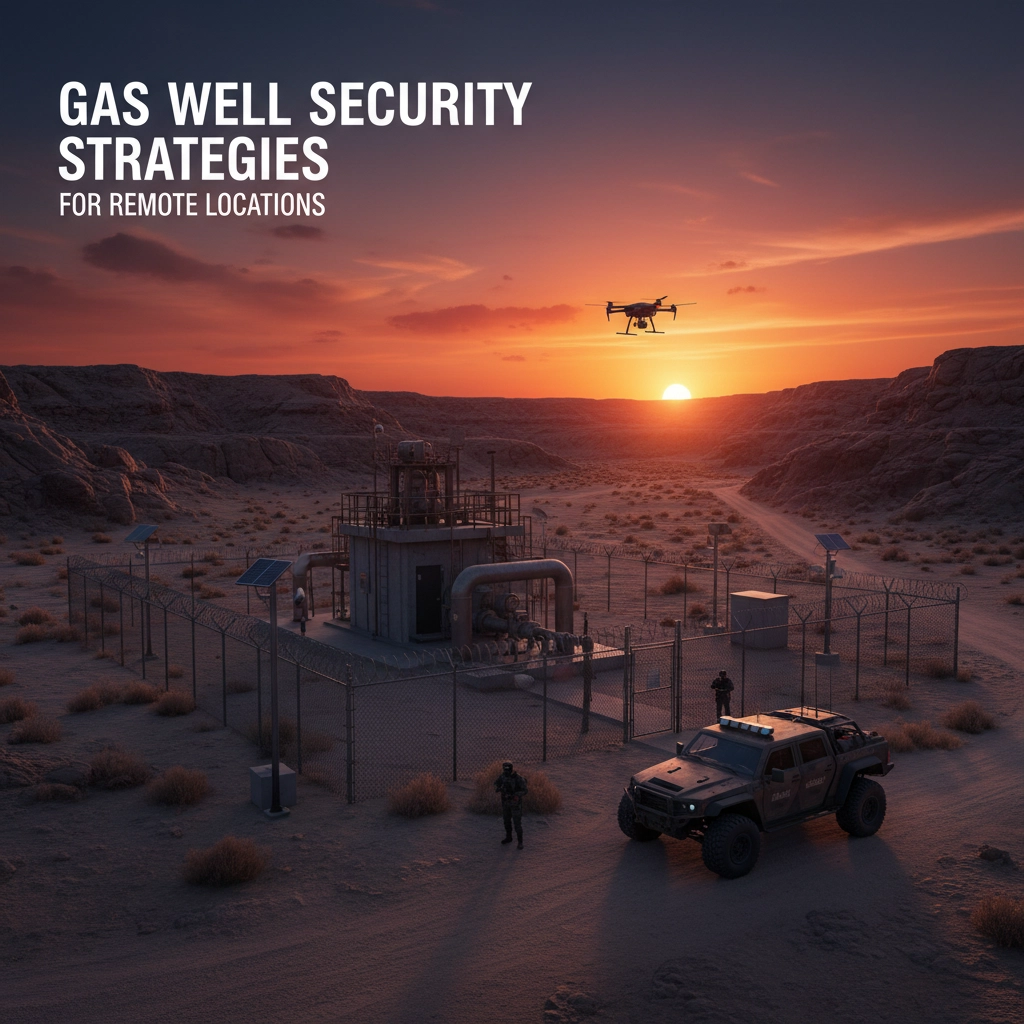Look, I'm going to be straight with you. The oil and gas industry is sitting on a security time bomb, and most operators don't even know it. After decades in this business, I've seen firsthand how even the most sophisticated operations can have glaring vulnerabilities that would make your head spin.
Recent investigations have uncovered some shocking truths about gas well security that every operator needs to know. We're talking about vulnerabilities that expose your facilities to cyberattacks, environmental disasters, and regulatory nightmares. The good news? Once you know what to look for, these gaps are absolutely fixable.
Gap #1: Your Legacy Systems Are Wide Open
Here's the brutal reality – most oil and gas facilities are running on equipment that was never designed for today's connected world. These legacy systems were built back when "air-gapping" meant complete isolation. Now they're connected to networks with zero modern authentication.
The Problem: Your older systems can't be patched with modern security updates. They're using obsolete communication protocols that hackers can exploit with basic tools. Replacing them costs millions per facility and can shut down production for weeks.
The Fix: Implement compensating security controls. You don't need to rip everything out – you need to build defensive layers around what you have. Network segmentation, monitoring systems, and access controls can protect legacy equipment without breaking the bank.

Gap #2: Automated Tank Gauge Systems Are Completely Exposed
This one will blow your mind. Recent research found over 5,800 Automated Tank Gauge (ATG) systems exposed to the internet without password protection. That's roughly 3% of all fueling stations in the US sitting wide open for anyone to access.
The Problem: Attackers can gain full administrator control of your ATG systems. They can modify tank capacity settings, disable alarms, and even trigger fuel spills remotely. We're talking about systems that monitor millions of gallons of fuel with no security whatsoever.
The Fix: Immediately implement password protection on all ATG systems. Remove direct internet exposure through proper network architecture. Set up monitoring to detect unauthorized access attempts.
Gap #3: Physical Safety Controls Can Be Disabled Remotely
This is where cybersecurity meets real-world danger. When attackers compromise your systems, they're not just stealing data – they're putting lives at risk.
The Problem: Critical safety alarms can be disabled remotely. Tank settings can be changed to trigger overflows and spills. Emergency shutdown systems can be compromised, creating environmental hazards and safety risks for your workers.
The Fix: Implement fail-safe mechanisms that operate independently of networked systems. Create manual override procedures that can't be compromised digitally. Regular testing of all safety systems is non-negotiable.

Gap #4: Your Corporate Data Is Being Harvested
Here's something most operators don't realize – your insecure systems are leaking sensitive business intelligence to competitors and bad actors.
The Problem: Insecure Telnet connections expose delivery schedules, inventory levels, and operational data. Attackers are literally watching your operations in real-time and selling this information. Your competitive advantage is being auctioned off to the highest bidder.
The Fix: Eliminate all insecure remote access protocols. Implement encrypted communications for all data transmission. Regular security audits can identify and close these information leaks before they become business disasters.
Gap #5: Compliance Data Is Disappearing
Regulatory compliance isn't just about following rules – it's about protecting your business from massive fines and legal exposure.
The Problem: System compromises can result in loss of critical compliance data. Console reprogramming can wipe out months or years of required documentation. When regulators come calling, missing data equals serious financial penalties.
The Fix: Implement redundant data backup systems that can't be compromised through network attacks. Create offline copies of critical compliance information. Regular data integrity checks ensure your records remain intact and defensible.

Gap #6: Geographic Challenges Leave You Vulnerable
Oil and gas operations span impossible terrain – offshore platforms, remote deserts, Arctic conditions. This geographic reality creates unique security challenges that many operators underestimate.
The Problem: Remote locations make physical security difficult and expensive. Communication networks in these areas are often unreliable or non-existent. Emergency response times can be measured in hours or days, not minutes.
The Fix: Deploy redundant communication systems that work in extreme conditions. Implement local security measures that don't depend on external connectivity. Create detailed emergency response protocols tailored to each location's specific challenges.
Gap #7: Well Integrity Issues Create Cascading Failures
Underground storage and production wells face mechanical challenges that can trigger larger security incidents.
The Problem: Approximately 30% of well incidents occur during interventions, and another 30% from downhole equipment failures. Casing corrosion, mechanical issues, and manufacturing defects create vulnerabilities that can be exploited or trigger environmental disasters.
The Fix: Implement comprehensive well integrity management programs. Regular inspections using advanced diagnostics can identify problems before they become catastrophic. Preventive maintenance schedules based on actual condition data, not just time intervals.
Your Defense Strategy: Defense-in-Depth
Here's the bottom line – no single security measure will protect your operations. You need multiple layers of complementary controls that work together to create a comprehensive defense system.
Layer 1: Perimeter security that controls who gets near your facilities
Layer 2: Network security that monitors and controls data flow
Layer 3: System-level controls that protect individual components
Layer 4: Data security that protects your most valuable information
Layer 5: Human factors that ensure your people don't become the weakest link

Take Action Now
Every day you wait to address these vulnerabilities increases your risk. Environmental disasters, regulatory fines, and business disruption aren't theoretical – they're inevitable for operations that ignore these security gaps.
At Oil Well Security, we've helped hundreds of operators identify and fix these exact vulnerabilities. Our proven defense-in-depth approach protects your operations without disrupting production or breaking your budget.
Don't wait for a security incident to force your hand. Contact us today for a comprehensive security assessment that will identify your specific vulnerabilities and create a practical remediation plan.
Contact Oil Well Security:
📧 Email: info@oilwellsecurity.com
📞 Phone: (970) 465-2525
Connect with us on social media:
🔗 LinkedIn
📘 Facebook
📷 Instagram
🐦 X (Twitter)
Ready to secure your operations? Visit our website to learn more about our comprehensive security solutions.
#OilAndGasSecurity #CyberSecurity #IndustrialSecurity #Innovation #Strategy #DigitalMarketing #Branding #Motivation #SecurityServices #OilWellSecurity



